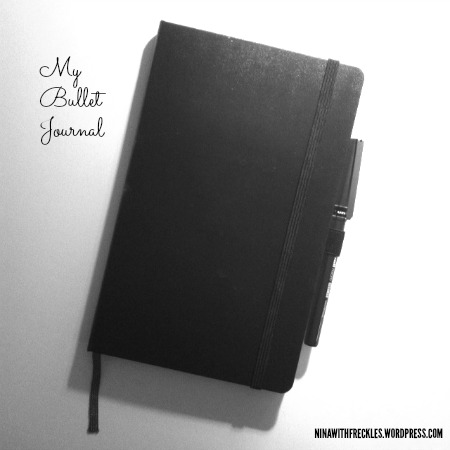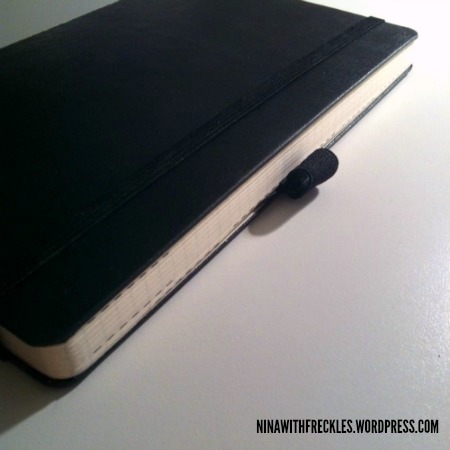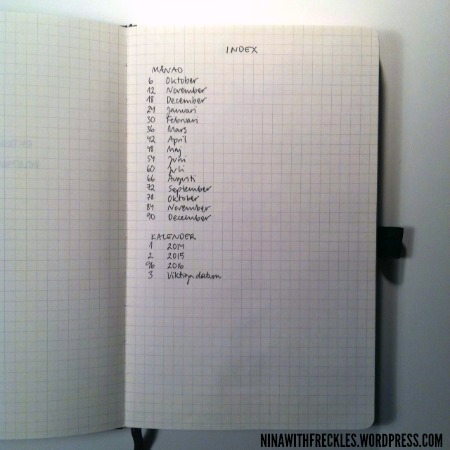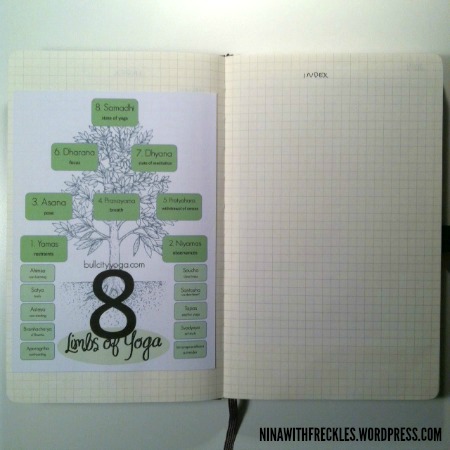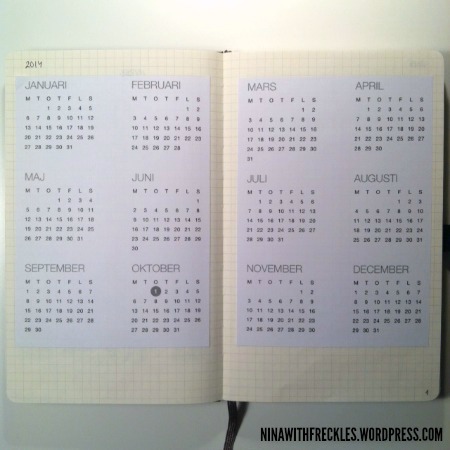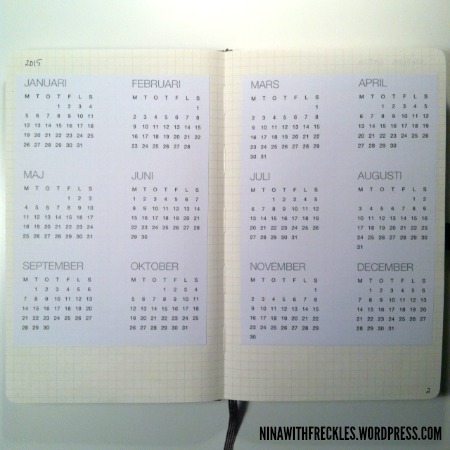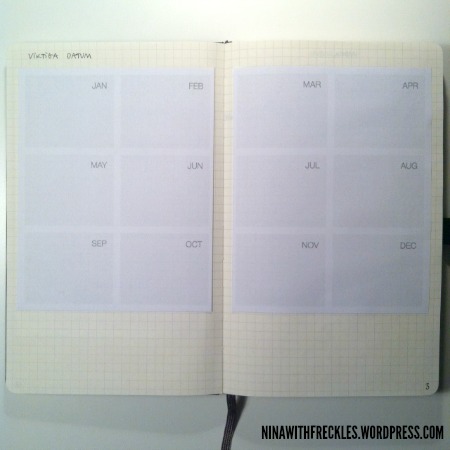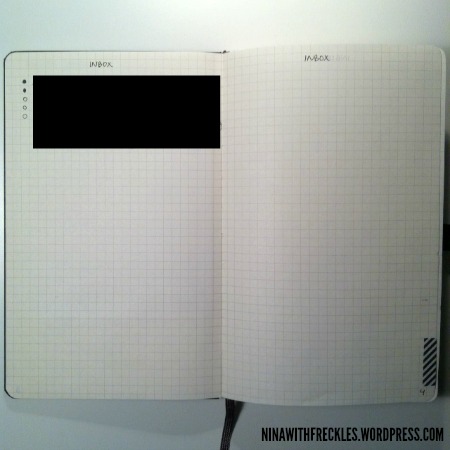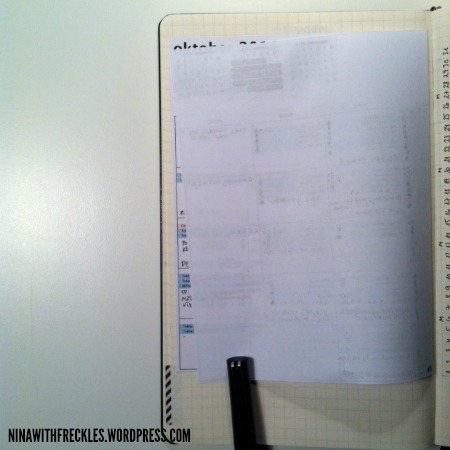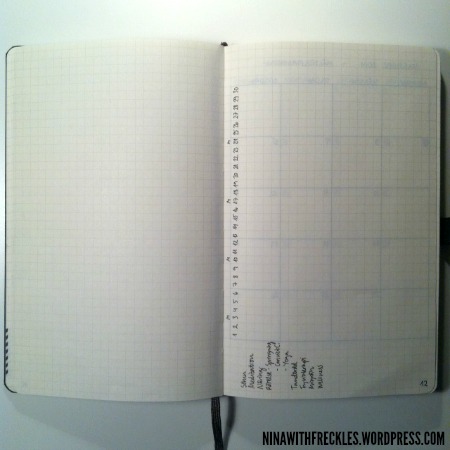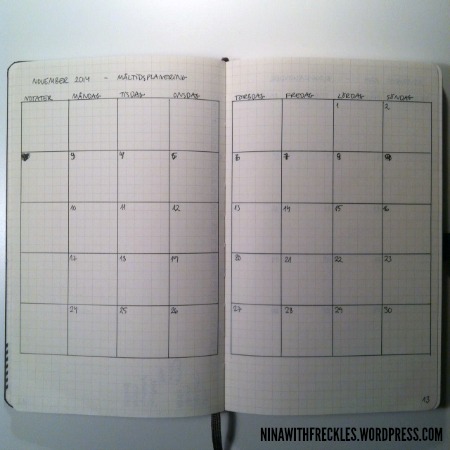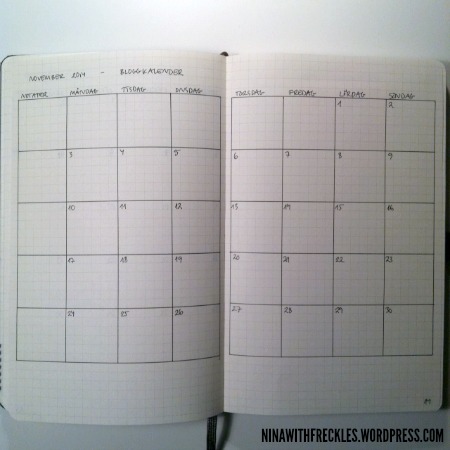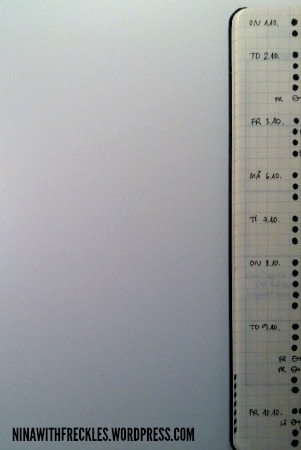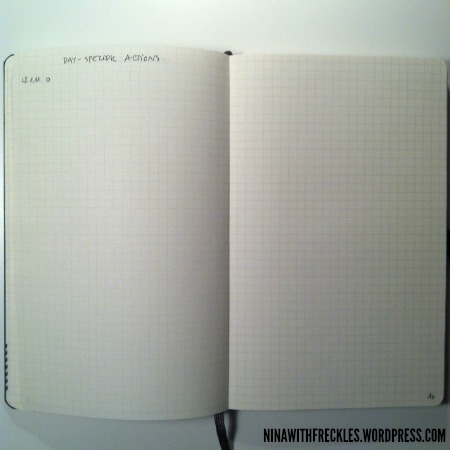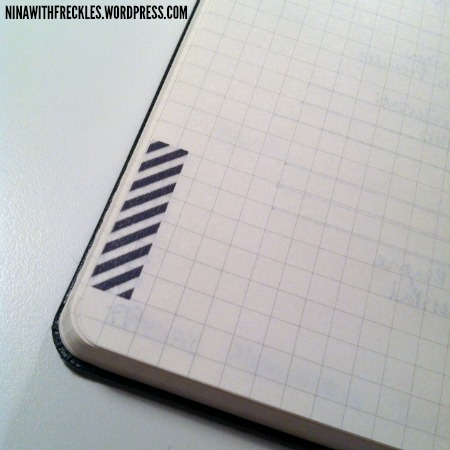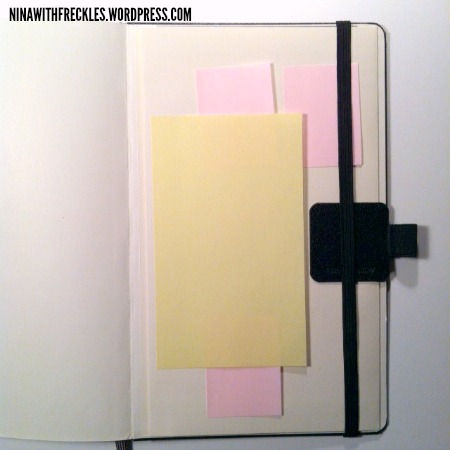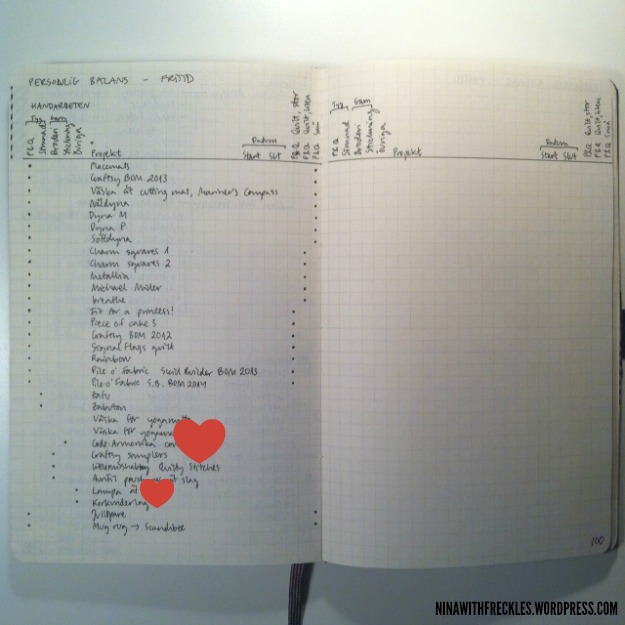
In the past, I’ve written about both organising and storing my fabric stash, but in particular how I categorise fabrics has changed a bit, and so here is round 2, an update on the order in which I store them. I’ll also show the bolts I have in use now. The Ikea Kassett boxes are as much a favourite as before, and the collection has grown by a few.
The pencil palette starting with yellow is still how I think of the colours, but I’ve moved pink to go between red and violet rather than orange and pink. The rainbow colours fit into two boxes of the Kassett size, which is one step larger than dvd. In the photo above, there are six boxes of that size, one of the dvd size, and two of the cd size.
Here’s an outline of what this post is about:
- Organising fabrics:
- Quilting cottons:
- Patterned fabrics
- Solids
- Some pondering about cut sizes
- How to handle earmarked fabrics for various projects
- How to handle scraps
- Canvas-weight fabrics, cotton-linen blends, double-gauze, fleece, etc. and embroidery fabrics
- Folding fabrics:
Let’s begin!
Patterned quilting cottons
For some reason, when I think of fabrics and categorising them, I begin from the patterned fabrics, so here goes! In box 1 there are yellow, orange, red, and pink fabrics, whereas box 2 contains violet, dark blue, light blue, turquoise, and green fabrics:

After the rainbow comes beige and brown (the stack in front only), and then the multi-coloured fabrics:

If you compare the height of the folded fabrics in beige, brown, and multiple colours to the rainbow fabrics, you will notice that the former aren’t on bolts yet. I’ll talk more about the bolts below.
Next up are the grey and black fabrics:

Some fabrics have been purchased to be used as collections in projects, even though I usually prefer to make my own mixes and matches. Also, I have a few fat quarters (whereas most of the fabrics above are in fact skinny quarters or half-yard cuts), which all go into a dvd-sized box:

A quirky thing is that fat quarters certainly are a quarter of a whole unit, but maybe you can see which fat quarters originate in the EU? Up on “top”, the Bonnie and Camille fabrics are metric fat quarters, as is the only batik in my collection down in the right-hand corner. Apart from the end-of-bolt cut navy B&C in the middle, the rest are fat quarters from North America, which are based on the yard. 1 yard is 91.44 cm (or 0.9144 metres), whereas 1 metre is 1,0936133 yards.
The larger project bundles are stored in a Kassett box two steps larger than the dvd-sized box:

These are fabrics that I have earmarked but not begun cutting into yet. I do have other boxes for various works in progress, but for these neat stacks of fabrics, the quilt-shop bags used for shipment work beautifully when repurposed like this.
Solid-coloured quilting cottons and miscellaneous other fabrics
My solids are in a sorry state still. I’m drooling whenever I see projects made by others where they clearly have been swimming in the Kona pool. While the current stash doesn’t exceed 20 colours (some solids are elsewhere right now), the intention is to expand this category in the future; hence the spacious conditions of the current fabrics.
The miscellaneous box contains canvas-weight fabrics as well as cotton-linen blends, linens, a Nani Iro double-gauze (which I have no idea of how to use but it’s so pretty…), and a black fleece. In the same living quarters are the embroidery fabrics:

Lately, I’ve looked at the canvases again, but haven’t yet been able to decide what to use for an embroidery basket.
Scraps of quilting cottons
Scraps are still stored the same way, in two cd-sized boxes, with one for miscellaneous scraps (I like ziplock-/minigrip-type of bags to keep them flat to avoid extra work) and the other for designated projects (for instance the Tokyo Subway Map quilt).

There’s is a logic to the minigrip bags in the miscellaneous-scraps box, but after making the spider-web blocks for February Queen Bee of Scandibee, Lizzie, it is in a state of holy mess still. Gotta choose one’s battles and all that…
Now that we have looked at how I store my fabrics, excluding the vintage and pre-quilting-me categories, I think it’s time to dig deeper.
How I categorise my patterned quilting cottons – The rainbow-coloured, beige, brown, grey, and black backgrounds
Categorising my patterned quilting cottons makes my heart sing. There’s something about finding similarities and then pondering whether they are strong enough to cause sub-categorising or such to happen, or whether to accept a certain level of lack of “control”. I hesitate to call it lack of control, because I decide what goes where, and nobody can tell me otherwise, roughly put, but disorganisation doesn’t quite fit either, at least not when categories are named loosely. What on earth am I talking about? Let’s see :P
The first concept that I already mentioned in the first article on the topic is tone-on-tone. Hue is “colour” (a pure colour) and so I begin with fabrics, which don’t exhibit anything but either “lighter or darker colours” (forget colour theory for a while, okay, or this gets insane) of the same hue. In the pink case below, there are three fabrics starting from the left that are tone-on-tone fabrics:

For some reason, the pink category is abundant in comparison with some other colours. Anyway, tone is hue with some grey added, whereas we get a tint when white is added to the same hue, and, finally, a shade arises when black is mixed into a hue. Like I said, following religiously colour theory would make the task of categorising seriously, humongously nasty, but I shortly had to mention the origin of tone to make sense.
In the categorisation of quilting fabrics, one usually sees tone-on-tone mentioned, and this is how I think of it, too, since I can’t easily determine what the hex values or such of a particular specimen would be. Suffice to say, the pink on the far left looks “dirtier”, more greyish black, compared to the “clearer” pink next to it. I let the eye decide.
Next up in the photo above, we have two fabrics of what I call white-on-tone. Next to them, I have placed tone-on-white fabrics, of which there are also two.
Finally, there’s a merry mix of tone-on-whites and white-on-tones where other colours have been added, too. These “multi-coloured tones” I sort only according to pattern size, which is either small or large, relatively speaking. I see eight small-patterned multi-coloured tones above, whereas the large-patterned category contains only two fabrics. This is entirely subjective, and also depends on what the current fabrics are in my stash. The main point is that there isn’t just the hue alone or hue combined with white in this section.
When we look at my dark-blue fabrics, the situation is this:

From left to right, 3 tone-on-tones (you might choose to put the wavy fabric elsewhere but I recall it as entirely blue and that’s what matters), 0 white-on-tone, 1 tone-on-white, 4 small-sized multi-coloured tones, and 2 multi-coloured tones that could be chucked in the larger category but which sort of are small-sized as well. Subjective this is…
This same organising structure I maintain for the whole rainbow as well as beige and brown fabrics, but what about grey fabrics?

Exactly the same. We see: 1 tone-on-tone, 2 white-on-tones, 0 tone-on-whites (the striped fabric includes black), 5 small-patterned multi-coloured tones, and 1 large-patterned multi-coloured tone. You already know the drill regarding black fabrics, but, for good measure, here they are:

From left: 3 white-on-tones, 4 tone-on-whites, 3 small-patterned multi-coloured tones, and 1 large-patterned multi-coloured tone.
To summarise:
- Tone-on-tone
- White-on-tone
- Tone-on-white
- Small-patterned multi-coloured tone
- Large-patterned multi-coloured tone
How I categorise my patterned quilting cottons – The ones with multiple colours on white background
In between brown and grey, I have squeezed what I think of are multi-coloured fabrics. In reality, they are on the greyscale in the sense that their background is white, whereas grey and black fabrics as presented above have those background colours.
The problem arises when I try to define a dominating colour in the pattern on a white background, and where it’s been possible, I’ve thrown these fabrics into categories 4 and 5 above.
If you look at the fabric with the pink birds on a white background earlier, you’ll see the occasional yellow bird, too, but my eyes still read it as a dominantly pink pattern. The flowers next to the birds have other colours than pink, but again, pink dominates the pattern. Then we have lots of yellow squares amongst red and pink squares, and the story goes back to there also being a similar fabric in cool hues – which I recall as mainly blue. Subjective experience once again :) The point is to know where you will spontaneously look for a particular fabric.
Here, however, is a bunch of fabrics, which my brain views as “multi-coloured” in that I recall them as a complete mix of several colours:

You might recall the fruits of the first fabric as red or pink, perhaps, but I haven’t been able to decide whether there’s more red or pink, and so I might look for it in both places. In fact, I also view the green leaves as quite striking, so my memory has put them in the mixed category from the beginning. Another example are the bikes, which have yellow baskets and black wheels. My eye recalls all of them, including the pink.
The newest tweaking of this category happened yesterday when I noticed a pattern for the first time. I have themes going on! Above, there are two fruits, five flowers, (on my kitchen table pulled out for this month’s bee blocks are a few animals), and four “stuff”.
Below, there are four scallops, two miscellaneous geometric patterns, three dots, two triangles, and four stripes:

It makes me happy to find similarities like this, and while it can be a pain to establish some kind of system, this kind of organising helps me stay motivated to clean up after I’ve finished cutting for a project.
I think I would maintain it even if my sewing space wasn’t my kitchen table, because as you saw earlier, I’m no fan of scrap baskets, but if cuts are large enough to actually be able to “do” something, I’d rather keep them “in the system” still.
This brings me on to the final section of this post, namely how to fold fabrics in a neat way.
Folding fabrics – The mini and micro bolts
Whenever I can make something easier for myself, I try to stick to it. In the case of fabrics, I don’t want to press more often than necessary, and to cut accurately one obviously has to press things beforehand. This is yet another reason for my dislike of scrap baskets, but it wasn’t only until recently that I solved the problem regarding folding cuts smaller than the mini-bolt size.
The mini bolts were introduced in 2013, which suddenly seems like ages ago. The size of these comic backing boards is 171×266 mm, and after investigation it seems like other boards wouldn’t fit my Kassett boxes as well, so pay attention to this if you are interested in creating a similar folding system for yourself.

Above is a skinny quarter and a half-yard cut for comparison.
Anyway, mini bolts and too small cuts. Enter micro bolts! They are nothing but free postcards that I had floating around. I’m not sure whether they are acid-free like the comic backing boards, but the intention is short-term use.

Yep, they look almost like mini bolts. What you can’t see is that three of these aren’t folded completely around the postcard, but are merely sitting on top of it. Size-wise these micro bolts fit perfectly into the tiny space in the Kassett boxes, like you can see in the very first photo of this post.
For comparison, a micro bolt on top of a mini bolt:

See, lots less pressing necessary. And it’s so cute, too!
As usual, if there’s anything at all that you feel like commenting on, or asking perhaps, feel free to do so! How do you feel about organising fabrics, is it something for you? Or do you wish your stash would be more contained, but don’t know where to start?

























